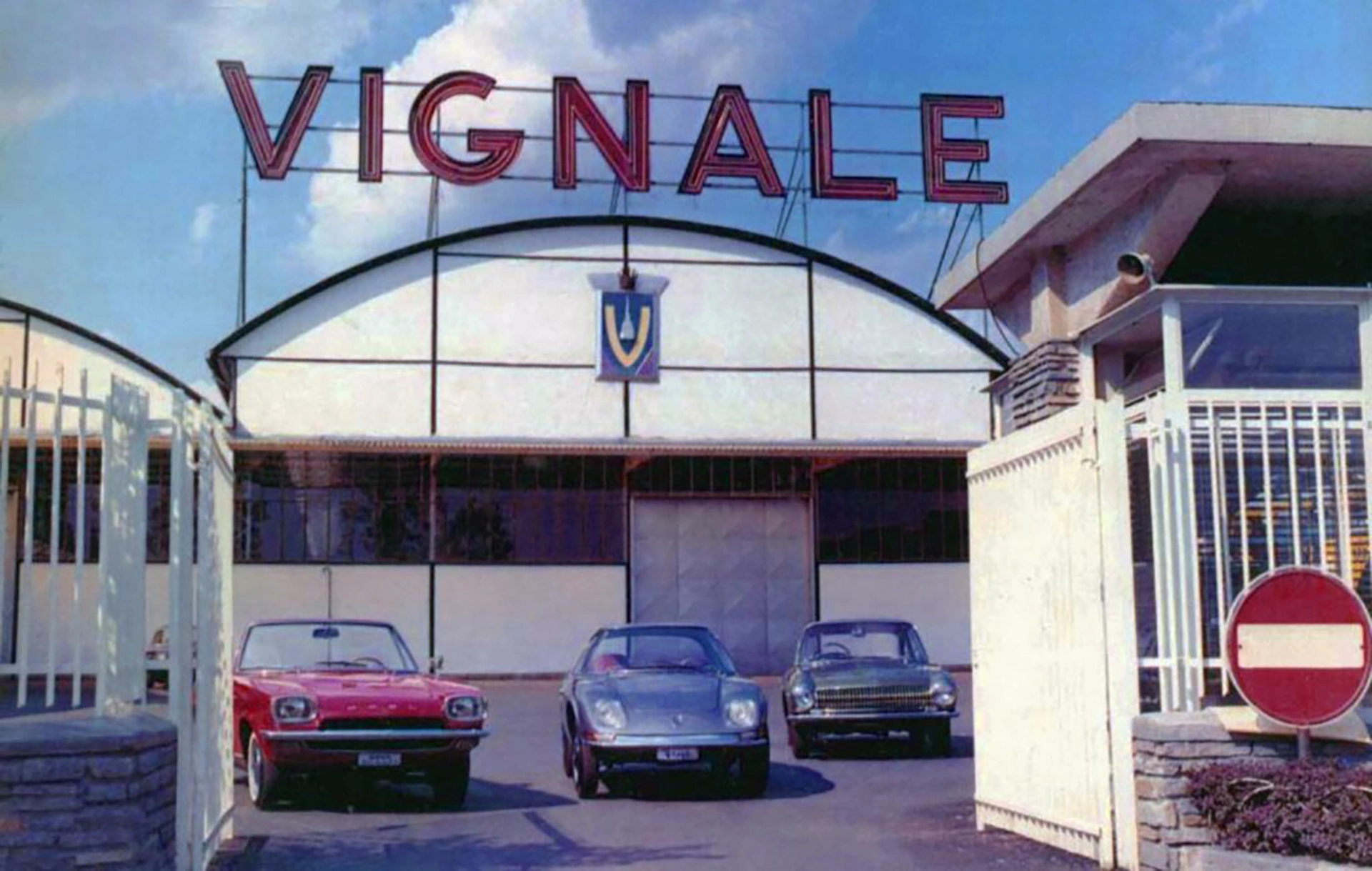The Myth of Italian Coachbuilders: Vignale
29 June 2024 3 min read 5 images

Alfredo Vignale was born into a family of artisans in Turin, where he learned the trade of metalworking at Farina's workshops from a young age, showing remarkable skill and dedication. Within a few years, he rose to lead the panel-beating department but harbored ambitions of starting his own coachbuilding business. Shortly after the end of World War II, in October 1946, he founded Carrozzeria Vignale & Co. at the age of 33.
Register to unlock this article
Signing up is free and gives you access to hundreds of articles and additional benefits. See what’s included in your free membership. See what's included in your free membership.
Already have an account? Log In


